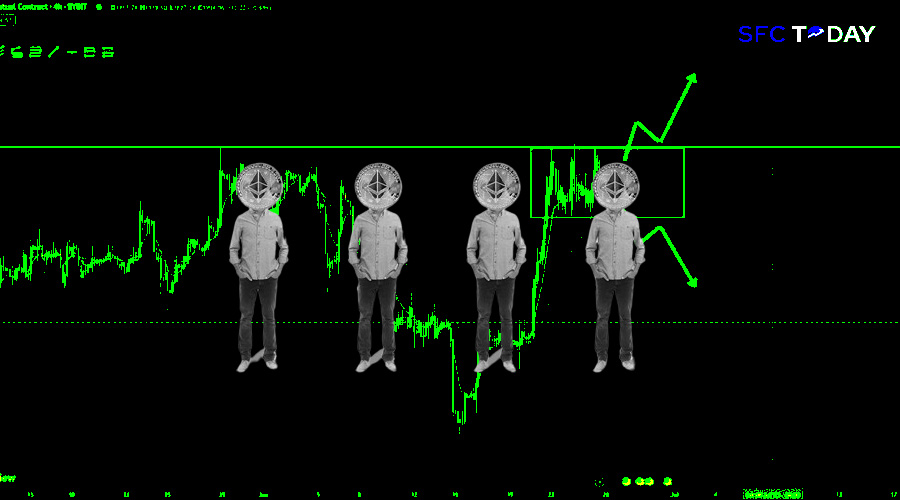Ethereum price targets US$4,200 amid rising bullish trend and increasing market momentum
Ethereum prices have soared above US$4,000 for the first time since December 2021, ahead of a series of network improvements known as the Deneb-Cancun, or Dencun upgrade. The Dencun update will go live on the Ethereum mainnet on March 13, 2024. The widely awaited Ethereum update will be highlighted by EIP-4844, also known as proto-dank sharding, which is expected to significantly lower gas prices on L2 networks.
The Dencun upgrade is an Ethereum update that heralds the beginning of “The Surge” phase on the Ethereum roadmap. During “The Surge,” Ethereum will focus on scalability and, according to Ethereum co-founder Vitalik Buterin, seek to reach “100,000 transactions per second and beyond.” The Dencun update includes nine Ethereum improvement proposals (EIPs), including EIP-4844, or proto-dank sharding, which introduces temporary storage space known as “data blobs” for Ethereum L2 networks to employ.
Temporary data blobs provide additional storage space, which increases the Ethereum mainnet’s data availability capacity. L2 rollups may now employ the increased capacity to quickly send data to the mainnet, resulting in lower L2 gas prices for end users.
As a result, Proto-dank sharding is widely anticipated to “facilitate an ecosystem-wide move to rollups.”
When Does Ethereum Dencun Go Live?
The Ethereum Dencun will land on the platform on Wednesday, March 13, 2024, in “Beacon Slot 8626176.” If all goes well, the code will be deployed at 9.55 a.m. ET/1.55 p.m. GMT. You may monitor the countdown clock here.
6 Key Advantages of the Dencun Ethereum Upgrade
The Ethereum Cancun update is planned to provide several advantages to the Ethereum network and ecosystem. Aside from addressing some of the network’s most pressing challenges, the upgrade will also open up the ecosystem to new users and use cases, expanding the network’s potential.
Improved Scalability
The Dencun update will boost Ethereum’s network throughput. This will be accomplished mostly by proto-dank sharding, which introduces temporary storage space that L2 rollups may exploit to increase transaction volume per second.
Decreased Gas Costs
Proto-dank sharding will result in lower gas costs for L2 rollup. At the time of writing, swapping tokens on optimistic L2 rollups such as Optimism and Arbitrum One costs less than $0.90, as opposed to more than $16 on the Ethereum mainnet. Meanwhile, token swap gas fees for zero-knowledge (ZK) rollups such as Polygon zkEVM are around US$1.6.
Proto-dank sharding will minimize gas prices on optimistic and ZK rollups, allowing them to compete with major payment companies such as Visa and Mastercard, which are also studying blockchain and other L2s. According to Superchain Savings Estimator, gas fees on a Base L2 token swap will drop from around US$0.58 to US$0.01 following EIP-4844.
Improvements in Safety
The Dencun update will include EIP-6780, which will disable the SELFDESTRUCT function. The change will minimize smart contract terminations, hence boosting user data and fund security.
Enhanced Cross-Chain Communication
The Dencun update is anticipated to improve cross-chain bridges and stake pools, allowing for easy and secure interactions across multiple blockchain networks via EIP-4788.
More Effective Data Storage
Changes suggested by EIP-1153 aim to improve data storage on the Ethereum blockchain. EIP-1153 will add new opcodes that are not kept in Ethereum’s global state, optimizing block space utilization and improving gas cost efficiency.
Preparing for Full Danksharding
Ethereum’s ultimate objective for The Surge is to achieve complete danksharding, which will allow for “100,000 transactions per second and beyond” on Ethereum.







